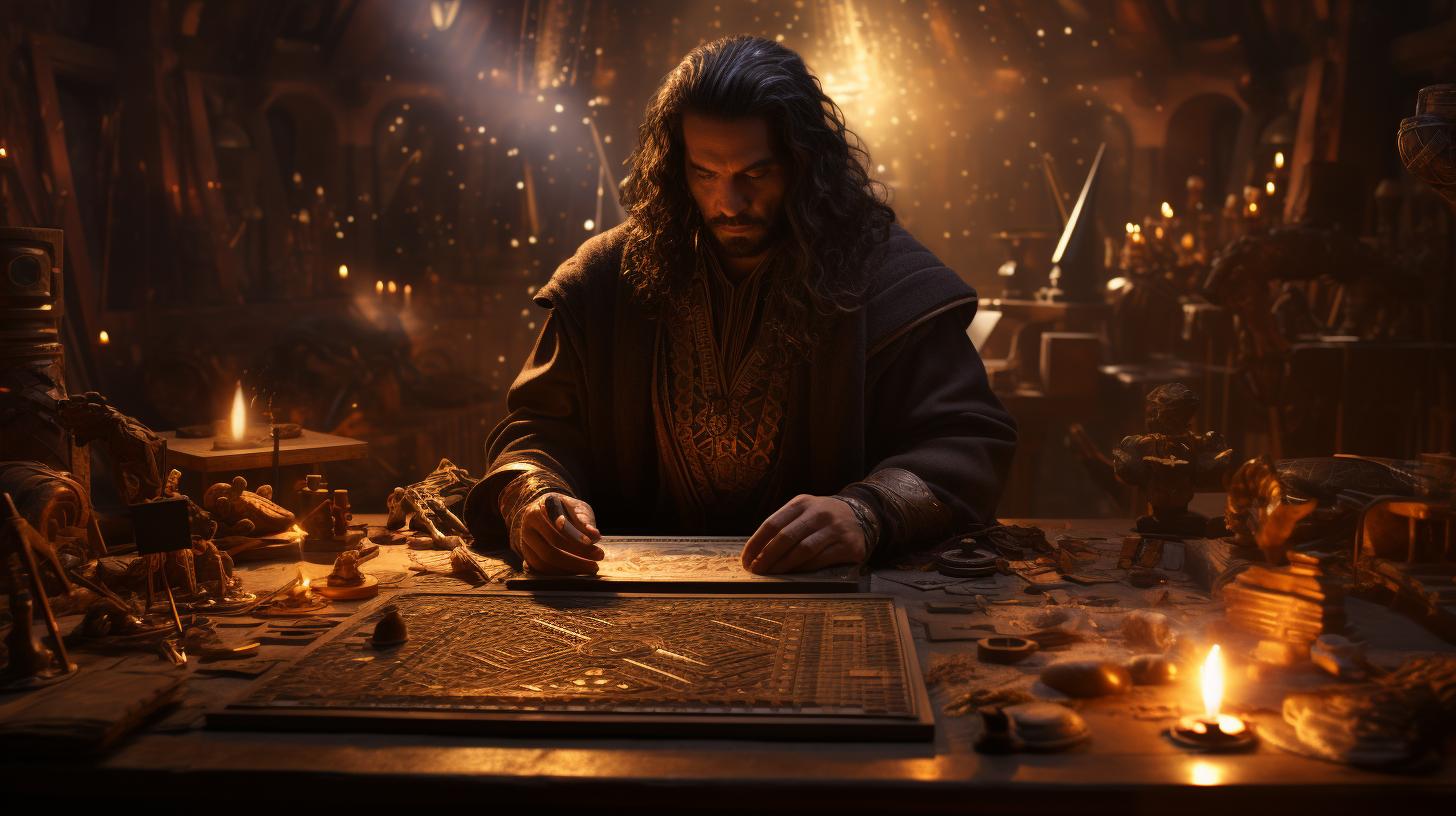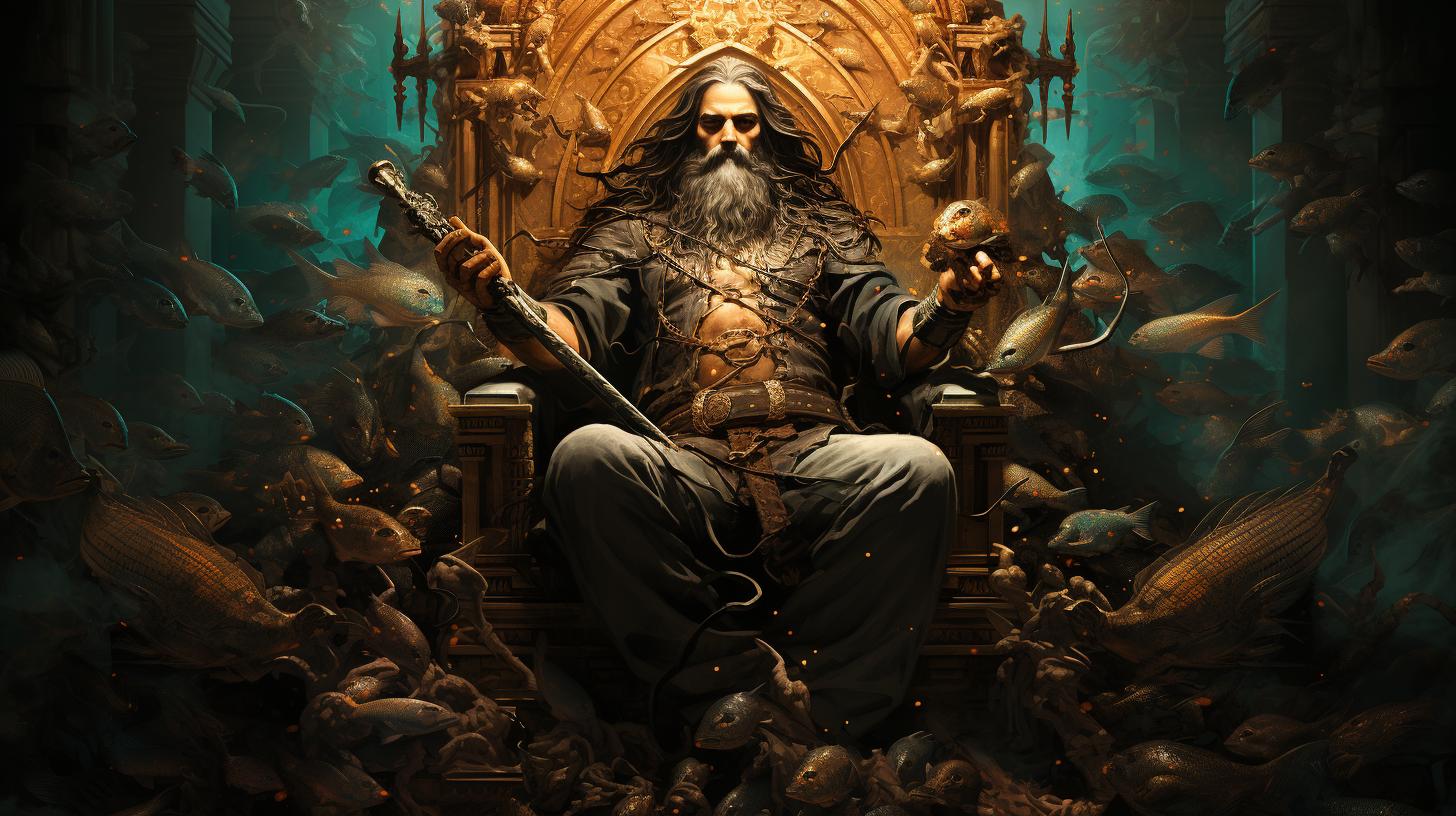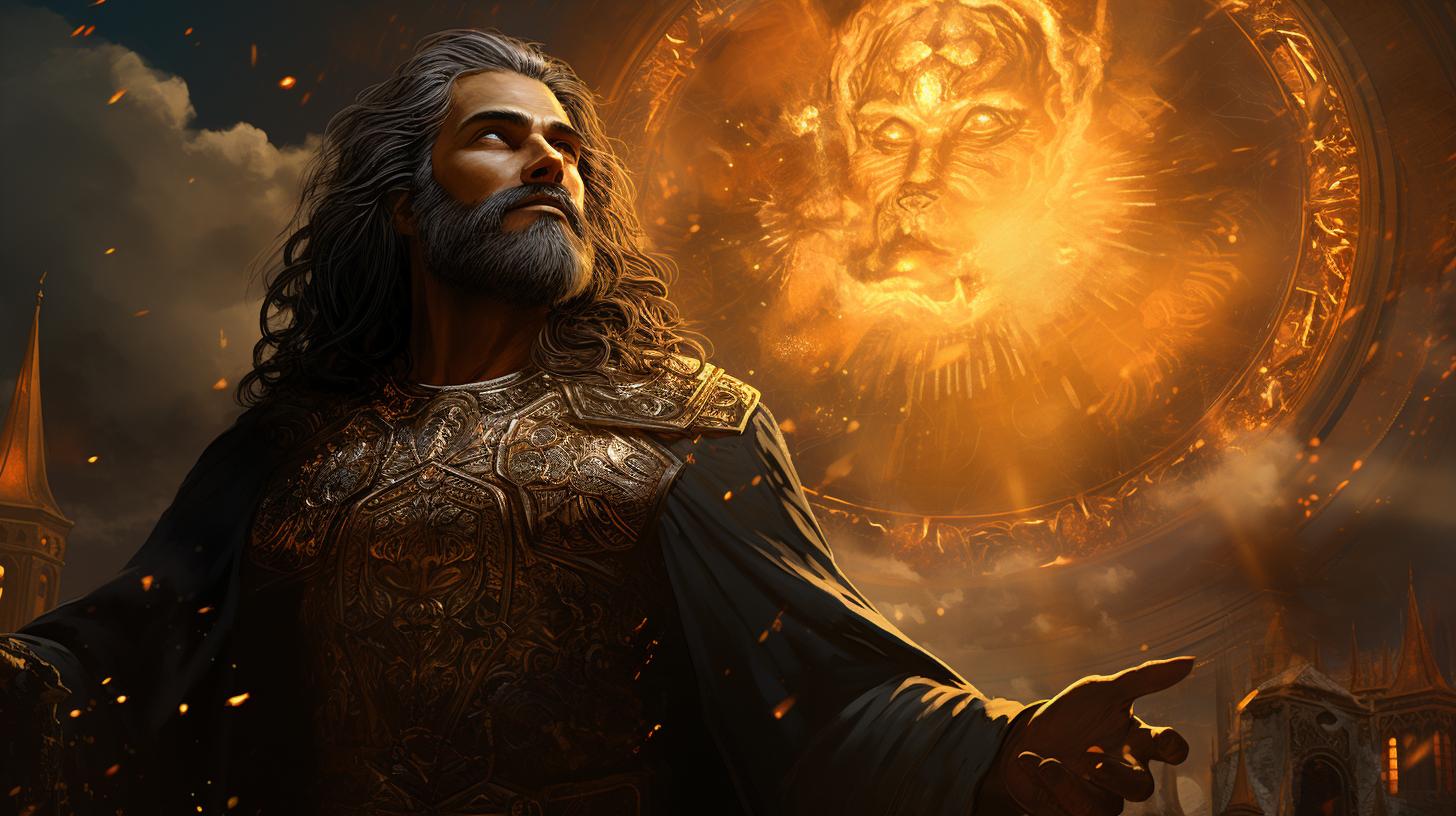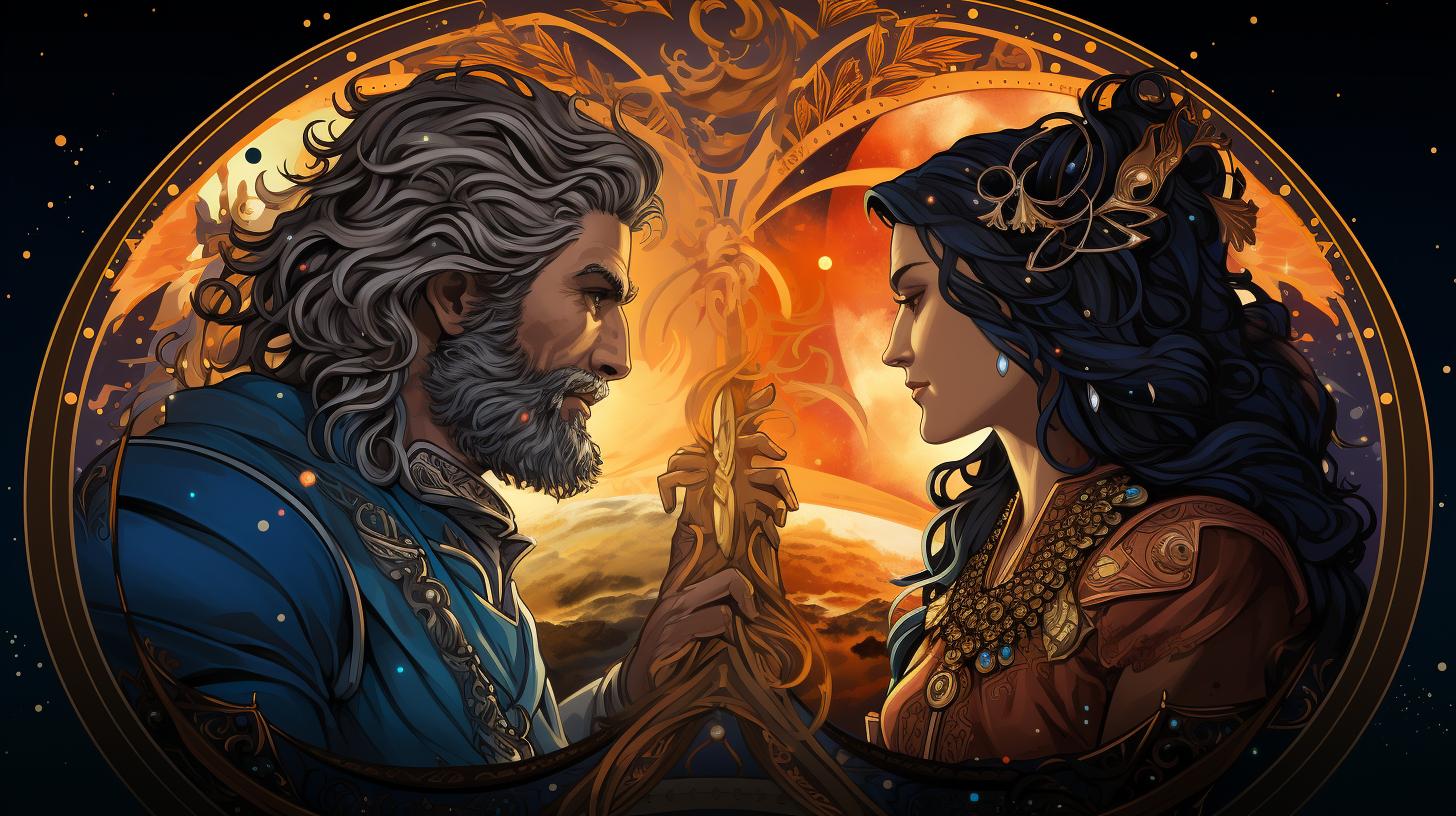Nergal: The Mesopotamian God of War, Death, and Disease
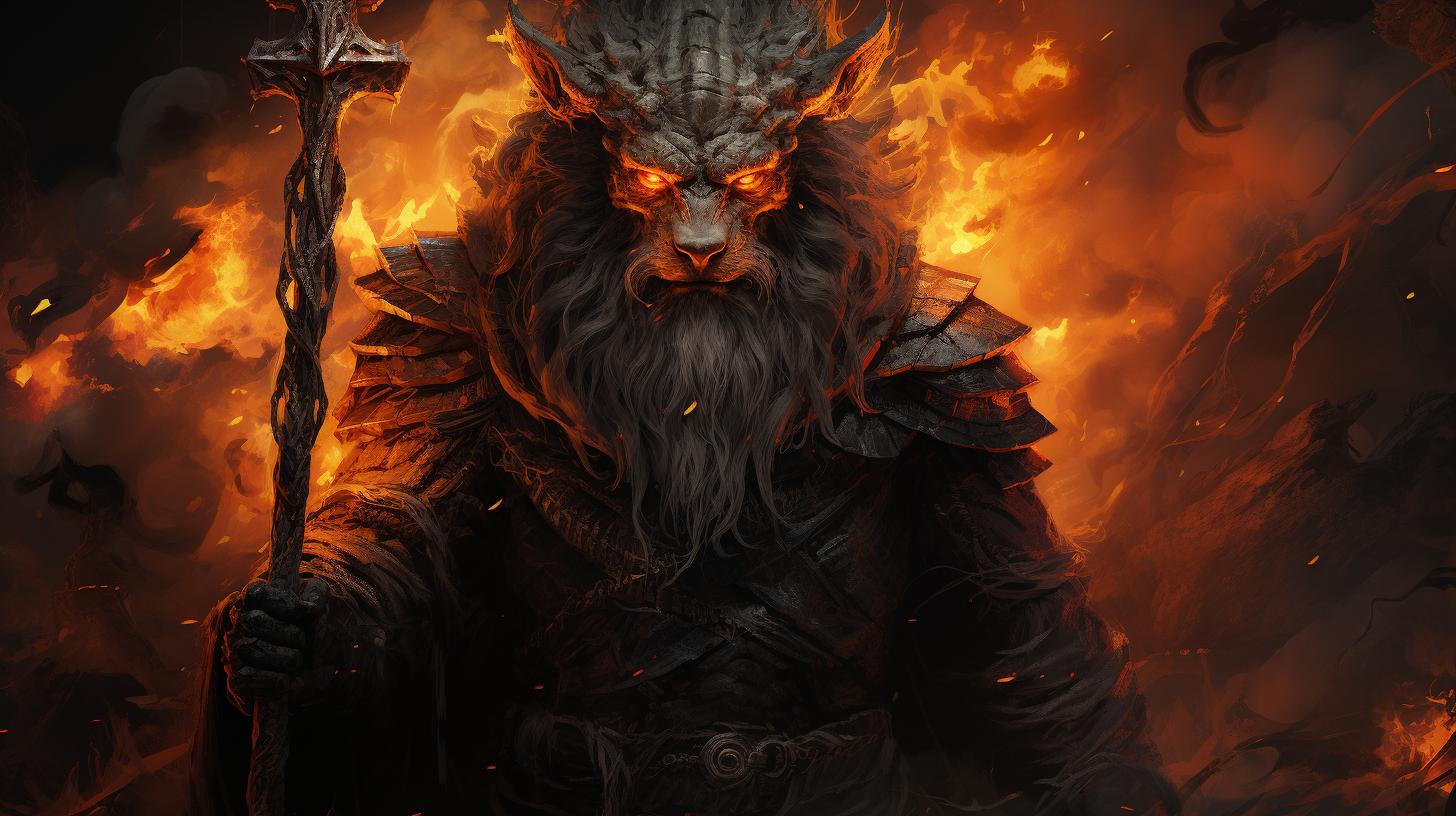
Nergal, the Mesopotamian god, was revered throughout various historical periods as the deity of war, death, and disease. Known as the ‘god of inflicted death,’ Nergal ruled over the Mesopotamian underworld, Kur, on behalf of his parents Enlil and Ninlil. His primary center of worship was in the city of Kutha, located in ancient northern Babylon.
Associated with gods such as Erra and Resheph, Nergal played significant roles in Mesopotamian mythology, including his marriage to Ereshkigal, the goddess of the dead. Throughout Mesopotamian history, Nergal remained important, ranking as the third most significant god in the Neo-Babylonian state pantheon.
Nergal the mesopotamian God of War
Welcome to the article on Nergal, the powerful deity of War, Death, and Disease in Mesopotamian mythology.
This captivating exploration will delve into various aspects related to Nergal, providing insights into his origin, mythological significance, and his connections with other gods. Highlighted sections will cover Nergal’s mythology, including his marriage to Ereshkigal, the ruler of the underworld, along with his associations with gods like Resheph and Erra. We will also examine Nergal’s influence during the Babylonian and Neo-Babylonian periods and his role in the underworld.
Nergal, the Mesopotamian deity, held a prominent place in ancient Mesopotamian culture as the god of war, death, and disease. This powerful figure played a significant role in the pantheon, with various aspects and myths surrounding his existence.
The Deity Known as Nergal
Nergal, also referred to as Meslamtaea, was widely worshipped throughout Mesopotamia. He was known for his association with death-inflicted punishment and was believed to rule over the underworld called Kur, on behalf of his parents Enlil and Ninlil.
Nergal in Mesopotamian Mythology
In Mesopotamian mythology, Nergal assumed several important roles.
One notable myth portrays his marriage to Ereshkigal, the goddess of the dead and the ruler of the underworld. This union held great significance and shed light on the dynamic between life and death.
Nergal and Ereshkigal: The Myth of Marriage
The myth of Nergal and Ereshkigal’s marriage serves as a powerful narrative within Mesopotamian mythology. This union brought forth a merging of realms, symbolizing the intricate interconnectedness of life and death in Mesopotamian cosmology.
Nergal’s Associations with Other Gods
Nergal’s influence extended beyond the realm of death and war. He was associated with other deities like Erra, the god of death, and Resheph, the god of war and death.
The comparisons drawn with foreign deities such as Simut, an Elamite warrior god, showcased Nergal’s significance within a larger religious framework.
Nergal in the Babylonian Period
During the Babylonian period, Nergal held an important place in religious practices and was primarily worshipped in the city of Kutha. The temple E-Meslam, dedicated to Nergal, served as a central hub for devotion to this powerful god.
Nergal in the Neo-Babylonian Period
As time progressed, Nergal’s relevance persisted, and he continued to be venerated during the Neo-Babylonian period. In the state pantheon of Neo-Babylonian Babylon, Nergal held the esteemed position of being the third most important deity, following Marduk and Nabu.
Nergal and the Underworld
As the ruler of the Mesopotamian underworld, Nergal held dominion over Kur, the realm of the dead.
This important aspect of his character reinforced his association with death, and his influence extended into the realms that lay beyond mortal existence.
Other Mesopotamian Gods and Deities
Explore the rich pantheon of gods and deities in Mesopotamian culture. Learn about Ishtar, the goddess of love and war, and Enki, the god of wisdom and water. Discover the fascinating stories and roles of other prominent gods such as Shamash, Nanna, and Anu. Gain a deeper understanding of the diverse and complex religious beliefs of ancient Mesopotamia.
Mesopotamian Mythology in the Ancient Near East
Delve into the wider context of Mesopotamian mythology within the ancient Near East. Understand the connections and influences between Mesopotamian gods and the deities of neighboring civilizations such as Egypt and Persia.
Explore the shared motifs and themes in the mythologies of the ancient Near East and the interplay between different cultures in shaping these myths. Uncover the fascinating cultural exchange and religious syncretism that occurred in this vibrant and interconnected region.




